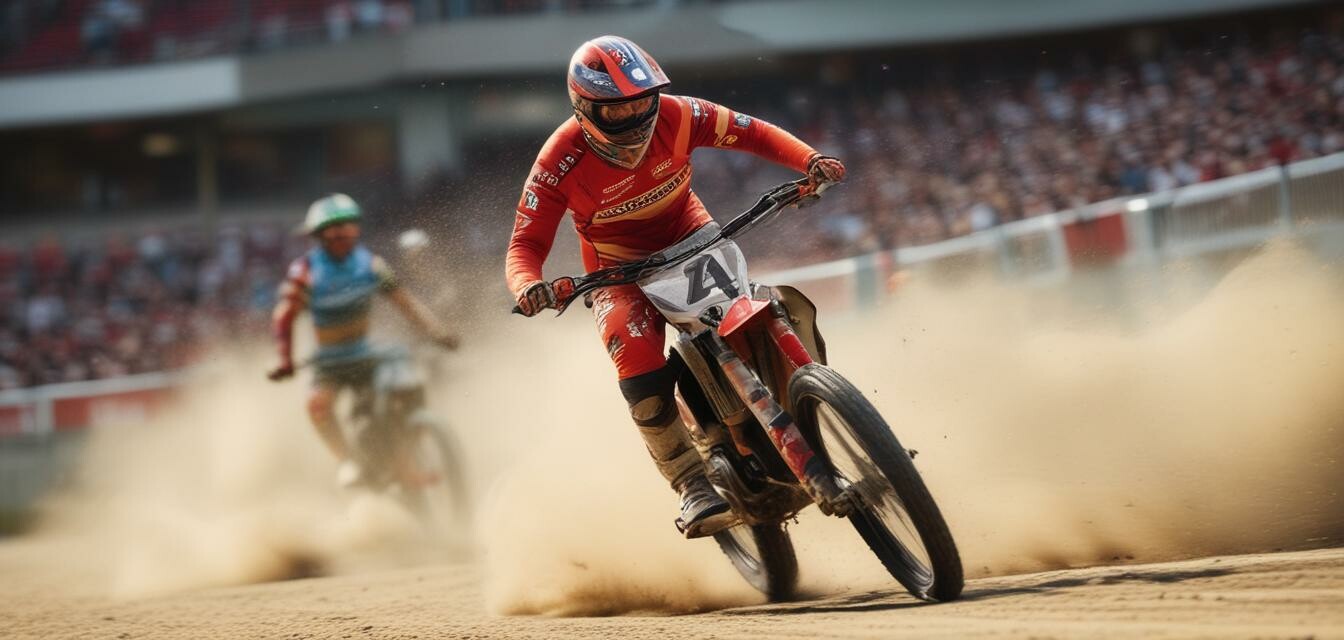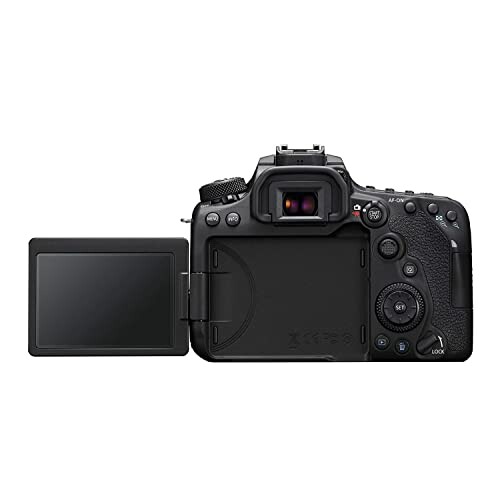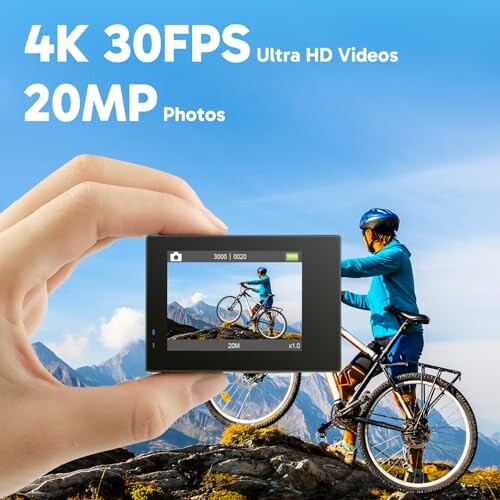
Mastering Action Photography: Tips for Beginners
Key Takeaways
- Understand proper camera settings for action shots.
- Utilize techniques such as panning for thrilling effects.
- Choose the right equipment, including lenses and stabilization tools.
- Practice composition skills to enhance your action photographs.
- Experiment with light conditions for varied effects.
Action photography universally appeals to various audiences, from sports events to wildlife captures. Understanding how to effectively photograph fast-moving subjects requires a good grasp of your camera settings, techniques, and the right equipment. This guide aims to provide you with crucial tips to enhance your action photography skills, whether you're using a DSLR or an action camera.
Understanding Camera Settings
To capture action effectively, you must master specific camera settings. Here are the key settings to focus on:
| Setting | Description |
|---|---|
| Shutter Speed | Use a fast shutter speed (1/500 second or faster) to freeze motion. |
| Aperture | A larger aperture (smaller f-stop number) helps in low-light conditions but be cautious of depth of field. |
| ISO | A higher ISO can capture action in dimmer settings but introduces noise. |
| Focus Mode | Continuous autofocus tracks moving subjects as they enter your frame. |
Camera Types and Their Uses
When diving into action photography, selecting the right camera is critical. Here are two options suited for beginners:
Canon DSLR Camera [EOS 90D]
High-image quality with built-in Wi-Fi and Bluetooth, perfect for capturing fast-moving action.
Learn MoreAKASO Brave 4 Action Camera
Capture stunning 4K footage and photos with this waterproof action camera, ideal for outdoor adventures.
Learn MoreTechniques to Improve Your Action Shots
Here are some tips to enhance the quality of your action photography:
- Panning Technique: Move your camera in sync with the moving subject. This creates a blur effect around the subject while keeping it sharp.
- Burst Mode: Use burst mode to take several shots in rapid succession, providing more options for the perfect moment.
- Framing and Composition: Consider the rule of thirds and leading lines to create more dynamic compositions.
- Experiment with Angles: Changing your shooting angle can lead to more interesting photographs.
- Mood and Emotion: Capture the atmosphere of the action by including background elements that enhance the story.
Light and Timing
Lighting plays a critical role in action photography. Most photographers prefer shooting in natural light:
- Golden Hour: Early morning or late afternoon light provides a soft, warm glow that enhances colors.
- Fast Action: In brighter settings, minimize motion blur with quicker shutter speeds.
- Backlighting: Can create dramatic effects, but requires careful exposure balance to avoid silhouette issues.
Post-Processing Tips
After capturing your actions shots, consider a few post-processing techniques to enhance your images:
Tips for Beginners
- Adjust contrast and brightness to make images pop.
- Crop images for better composition and focus on the subject.
- Utilize sharpening tools for clarity, especially on action shots.
- Experiment with color correction to better represent the scene.
Conclusion
Action photography presents an exceptional opportunity to capture the thrill of movement and emotion. Whether you choose a DSLR like the Canon EOS 90D or an action camera like the AKASO Brave 4, mastering your camera settings and techniques will lead to stunning captures. Continuously practice your skills, explore different techniques, and most importantly, enjoy the process of shooting breathtaking action scenes!

